If you’re a travel buff, you know that there’s nothing more satisfying than standing in the shadows of famous landmarks.
There’s something special about craning your neck to see the top of the Eiffel Tower or approaching the Statue of Liberty from the harbor. Beloved sites like these become benchmarks of exploration — monuments to the sense of wanderlust that sends people thousands of miles across the globe each year.
But when it comes time to conjure up images in the mind’s eye, these landmarks present the most complete versions of themselves. We see the Taj Mahal’s famous dome in the reflecting pool. We see Tower Bridge looming over the Thames. We do not, however, see their skeletons.
But this e-book by Wolfgang Wild and Jordan Lloyd (of Retronaut and Dynamichrome, respectively) is about to change your perspective on the landmarks you thought you knew.
The Taj Mahal, Agra c. 1942
While looking at colorized photos of these sites under construction, we’re forced to confront a world that once existed without them.
The Eiffel Tower, Paris c. 1888
Aptly named “The Paper Time Machine,” this 300-page publication sheds new light on 130 structures from around the world.
The Golden Gate Bridge, San Francisco c. 1934
According to the publisher, “This is a unique book — a collection of historical remixes that exist alongside the original photographs to draw out qualities, textures, and details that have hitherto remained hidden.”
Tower Bridge, London c. 1889
Unlike most projects of this nature, “The Paper Time Machine” goes into great detail about the significance of each image and the colorization process.
Mt. Rushmore, Keystone c. 1932
It takes serious work to make people see ubiquitous imagery with fresh eyes.
Sacré-Cœur, Paris c. 1880
Fortunately for us, these creators spent countless hours perfecting each photograph to help readers do exactly that.
To learn more about the book and Dynamichrome’s colorization process, check out the video below.
“So realistic are the results,” a representative from Unbound said, “that the decades and centuries that separate us from the subjects of these images simply fall away.”
(via TwistedSifter)
And that allows us to get close to history in a way that’s bound to teach us a few important lessons about how far we’ve come. If you’d like to add this book to your collection, you can donate to Unbound’s crowdfunding campaign here. You can also find more information on the publisher’s website.



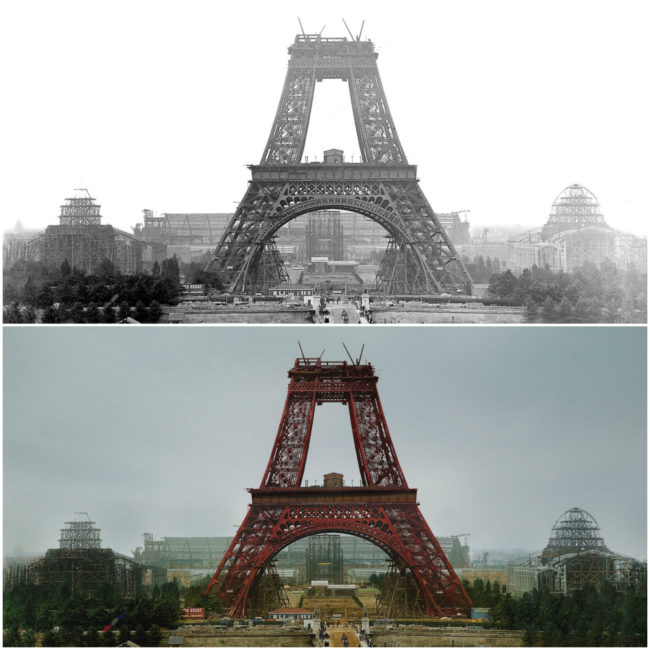
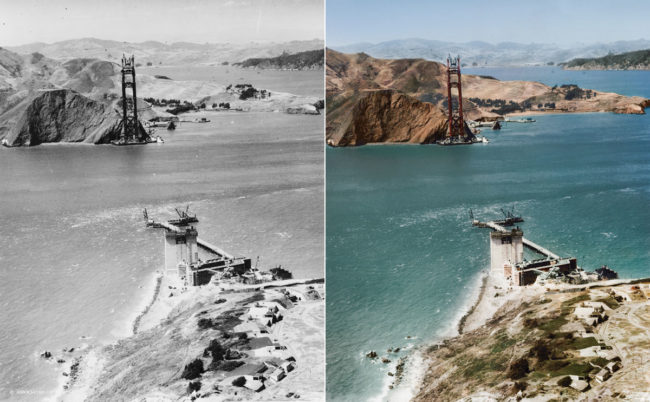

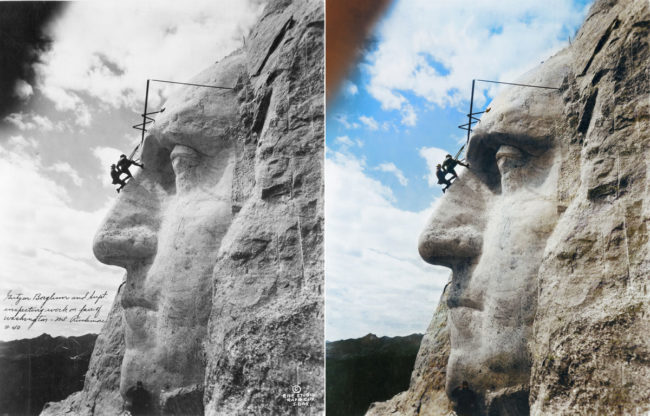
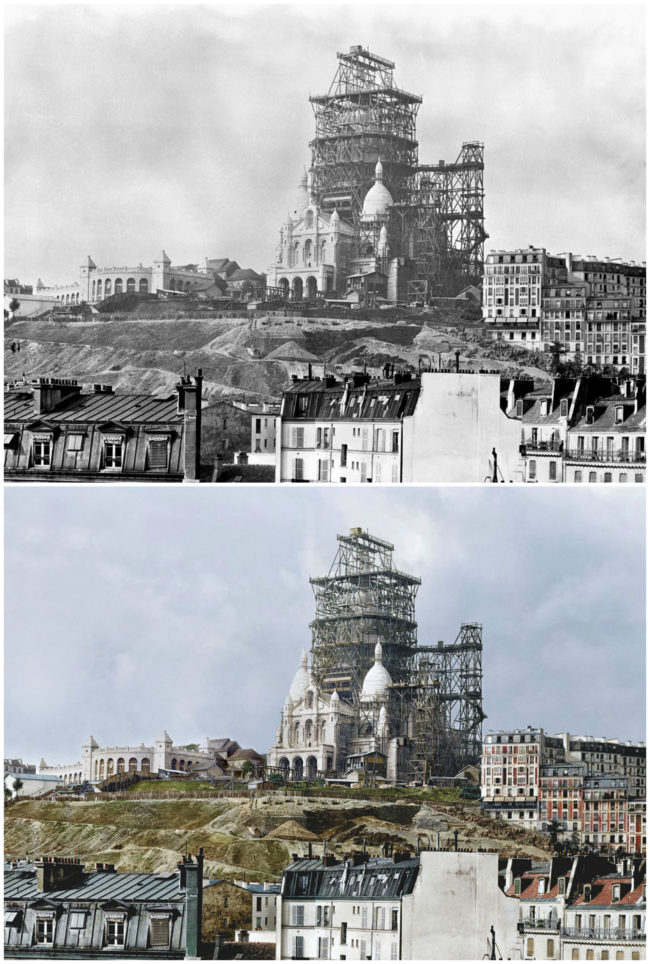
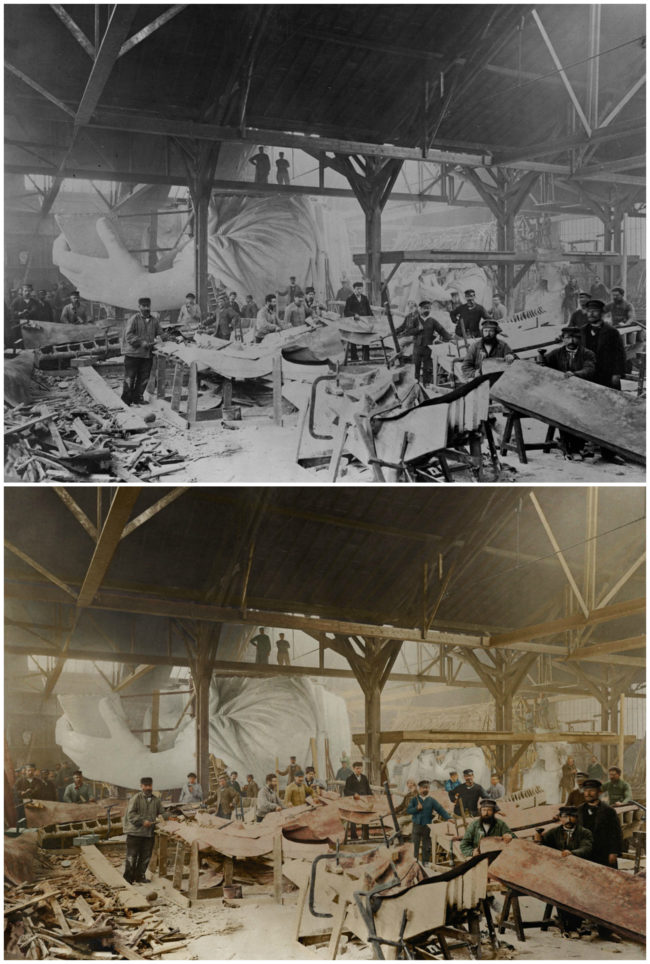


Comments